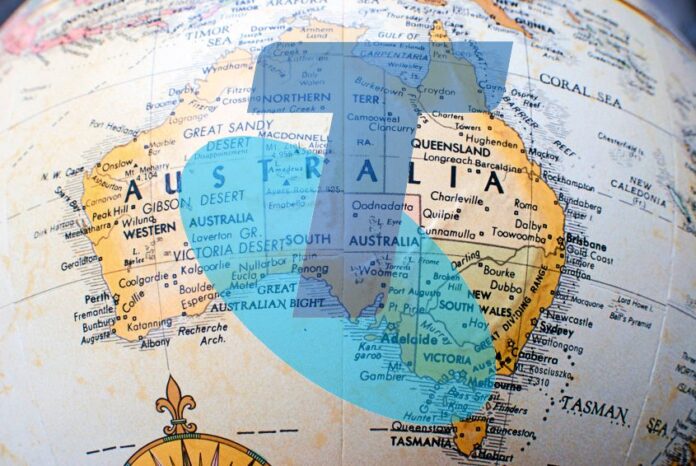Brady noted that Telstra is on track to reach 85% of the population with its 5G network by mid-2023
Australian operator Telstra’s 5G network reached over 81% of the country’s population as of the end of last year, the carrier’s CEO Vicki Brady told a conference call with investors.
At the end of 2021, the telco’s 5G network reached 77.5% of the Australian population.
Brady also noted that the company is on track to reach 85% of the population with its 5G network by mid-2023.
In 2021, the Australian carrier had secured 1,000 megahertz of 26 GHz spectrum for mmWave 5G. Telstra already has mmWave sites live across Sydney, Melbourne, Brisbane, Adelaide, Goulburn and the Gold Coast.
The operator, which had launched 5G in May 2020, is also using its spectrum in the 3.6 GHz band to provide 5G technology across Australia. Some of the cities in which Telstra offers its 5G service are Canberra, Central Coast, Brisbane, Sidney, Cairns, Gold Coast, Adelaide, Hamilton, Melbourne and Perth.
In May 2020, Telstra upgraded its 5G radio access network (RAN) coverage footprint across Australia, connecting a cloud-native 5G Core (5GC) network to handle new 5G standalone traffic. Telstra used equipment from Swedish vendor Ericsson for the network upgrade.
Financial results
Mobile service revenue in fiscal H1 2023 (ending 31 December 2022) grew 9.3% year-on-year to AUD3.7 billion ($2.5 billion). Telstra’s net profit climbed 23.9% to AUD865 million in the period and revenue surged 6.4% to AUD11.6 billion.
Prepaid ARPU grew 20.7% year-on-year to AUD27.40 and post-paid surged 4.5% to AUD50.47. Meanwhile, the telco’s handset sales grew 10.2%to AUD1.3 billion.
Subscribers in the prepaid segment rose 8.2% to 3.5 million while postpaid subscribers surged 1.6% to 8.6 million.
Revenues in the IoT segment increased 7.8% to AUD139 million, with connections rising 24% to a total of 6.4 million.
Capex surged 19.6% year-on-year to AUD1.7 billion.
“Overall we have positive momentum, driven by continued growth in mobiles, with some challenges in fixed. These challenges are especially important given the current economic uncertainty, with inflation particularly proving challenging for most businesses,” Brady said.
In September of 2021, Telstra had unveiled a strategy it is calling T25, with the main aim of extending 5G coverage across Australia, as well as enhancing its customer service. Telstra had also said that the T25 strategy also aimed to bring down the telco’s annual fixed costs.
Under the T25 plan, the carrier aims to increasing the reach of its 5G network to 95% population coverage.
“T25 is a strategy that leverages the foundation and capabilities we have built over the last few years. I am absolutely confident it is the right strategy, but naturally it may be necessary to make adjustments to it at times to deliver customer experience improvements, new growth opportunities and fundamentally shift the way Australians feel about us,” the executive added.

